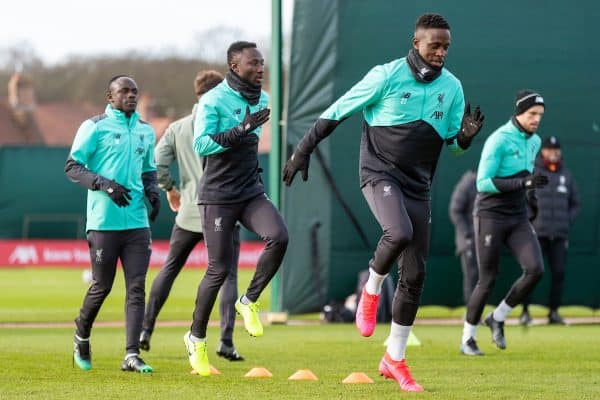Detailed plans for the resumption of football in Germany and Switzerland offers a glimpse at how the Premier League could move forward.
Football has come to a standstill across the world due to the coronavirus pandemic, but different governments have acted in ways to flatten the curve with greater effectiveness than others.
Germany started to roll back restrictions from their lockdown earlier in the week and while it would be too early to tell if they will have to reassess in the near future, their vast testing early on provided the chance to trace and slow the spread of the virus.
They have one of the lowest case-fatality rates in the world, according to the Guardian, of just over 3 percent, compared to around 13 percent in the UK, France and Italy.
It has enabled the German Football League (DFL) to start planning for the return of the Bundesliga and 2.Bundesliga behind closed doors “at the earliest from May 9,” but as per the BBC, “May 16 or 23 are more likely dates for the restart.”

- Plans to see football return in Germany (May 9, 16 or 23) and Switzerland (May 20 or 30)
- DFL estimates that up to 300 people are needed per match, divided into three zones with maximum of 100 in each
- Regular testing underpinning ability to resume action, DFL expect to need 20,000
- Celebrating goals is not encouraged in Switzerland, with all entering the stadium requiring a fever check and a test on matchday
Clubs returned to training under provisions of social distancing both on and off the field three weeks ago and, like the Premier League, have nine, and in some cases ten, rounds of fixtures left to play.
Large public events are banned in Germany until August 31 and each of the 16 federal states will determine the number of people allowed for public gatherings, with a decision due at the end of April.
The DFL estimates that up to 300 people are needed per match (players, coaching staff, medics, referees, ball boys and ball girls, ground staff, technicians, safety officers, production staff for television and VAR).
They would be divided into three zones so that only a maximum of 100 people could be present in each of the sections – with the first housing players, officials and staff, the second encompasses the stands and the third is the area surrounding the stadium.
Underpinning all of this, however, is the testing capabilities.

Regular testing of players and coaches between training sessions and before every match will be required, with an estimation of up to 20,000 tests needed.
In Germany, the number of tests available per week would see the top two division take up “0.5 percent of these tests,” ensuring they are not taking away from the general public.
The move will understandably still receive backlash from subsets of the population and it is why the UK is not in a similar position to restart the Premier League or the divisions below without taking from those in need.
The UK government’s declaration of 100,000 tests per day by the end of April have been, typically, wide of the mark and the lockdown remains in place until May 7 at the earliest.
In Switzerland, meanwhile, where they have had over 28,000 confirmed cases, the top two divisions have devised a plan of how they are planning to safely resume.
From a report in Blick, the plan identifies May 20 or 30 to start competitive games, with teams training together for “at least 15 days before resuming the competition.”

An essential list of employees at the training ground is required, where no one else will have access, players are not to travel to training via public transport and everyone must be tested before the club meets for group training for the first time – and must then do so “at least every two weeks.”
Unlike 300 people in Germany, the Super League plans to let only 200 people into the stadium and 140 in the second division all divided into four areas, where anyone entering must have their fever taken upon entry as well as a test.
Fears of the survival of clubs and the awareness of football’s ability to lift the mood in both Germany and Switzerland have formed some of the basis for these plans.
Ones which show the level of detail and possible solutions for the Premier League once they receive the go-ahead from the government, who have acknowledged that social distancing practices are likely to be in place until the end of the year.
A return in June had been mooted, where Liverpool’s season would pick back up against Everton, but as Jurgen Klopp said: “We cannot force it.”


















Fan Comments